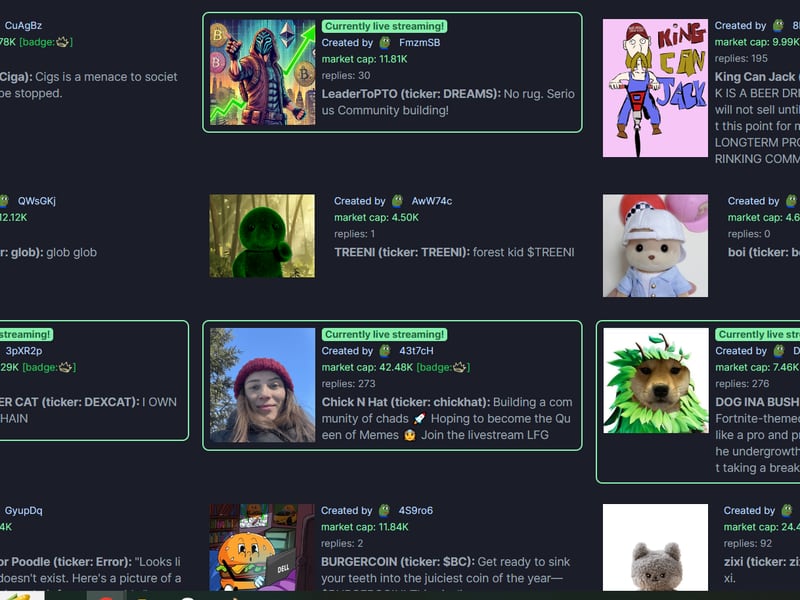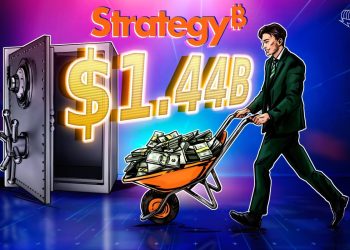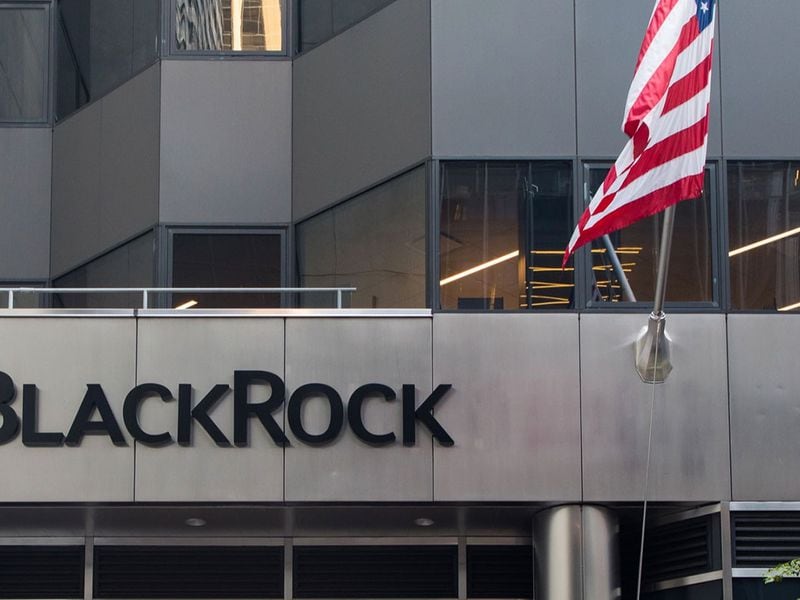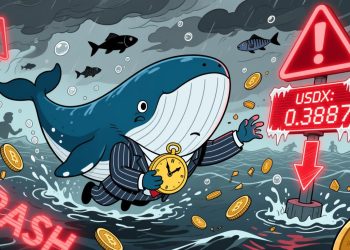How is altcoin trading like online poker? Let me explain. I have played over 2,000,000 hands of online poker. Starting in university and going on to play professionally for five years, I got to experience the industry evolve firsthand. The first major poker boom occurred in the mid-2000s. This drew in millions of online players worldwide and created some highly profitable games.
“Black Friday” occurred in April 2011, when the U.S. government shut down all major poker sites and froze all assets overnight – including player funds. Without a constant influx of US-based beginners, the largest poker market, the active player pool instantly became more competitive. At the same time, the remaining worldwide player pool started honing their skills…
Players began improving their strategies by utilizing tracking software to analyze their opponents and their own play. As time went on, so-called “poker solvers” – advanced software tools enabling humans to learn game theory optimal strategies – became ubiquitous. Sites began offering less “rakeback” – a rebate for fees players pay to partake in the games. As poker became more analytical with more advanced software tools, on came the bots to further grind down the expected value (EV) of hopping on the virtual felt.
As I look at the altcoin trading landscape now, some muscle memory is kicking in, as I sense the whole game getting tougher in a not-so-dissimilar fashion.
As the saying goes, “there’s a million ways to make a million dollars.” In altcoin trading, there are dozens or maybe hundreds of ways to approach the markets to make juicy returns. You can be a scalper, swing trader, yield farmer, airdrop hunter, new-launch sniper; the list goes on. Each of these approaches is getting tougher, though, for two overarching reasons:
Modest capital inflows
Stablecoin market cap can be used as a measure of money flowing into the crypto markets. It is not a perfect measure, but it is useful. Stablecoin market cap currently sits at $178 billion, still a bit shy of all-time high levels of $188 billion. In over two years, stablecoin supply has essentially just recovered to these levels after a major downtrend (although it has made a new all-time high when excluding non-algorithmic stablecoins).
:format(jpg)/cloudfront-us-east-1.images.arcpublishing.com/coindesk/LORW7AX6ORER5BKCEVLMV7DMBI.png)
Terra Luna’s UST, the notorious algorithmic stablecoin, accounted for $18.7 billion back in 2022, and it was central to the fervent bullish mania that made altcoin gains so easy. This time around, fiat-backed stablecoins are increasingly used for real-world utility, as evidenced by Stripe’s $1.1 billion acquisition of Bridge. This is something I celebrate as I believe stablecoins are one of crypto’s greatest products. However, it also means that this stablecoin growth has a materially weaker impact in terms of translating to a risk-on environment for altcoins.
The recent trend of capital inflows to the altcoin market from both institutional and retail sources is undoubtedly bullish, even if it is coming at a modest rate. But in those two years it took for capital to flow in and stablecoin market cap to recover, what has happened in the altcoin market?…
The proliferation of altcoins
The altcoin space is seeing hundreds of thousands or sometimes millions of new token launches each month. It took two years for stablecoin supply to recover, and in the meantime, altcoin supply has been booming. A majority of crypto innovation comes out of the Ethereum ecosystem, but it has also produced over 100,000 new tokens each month, with over one million new tokens launched during the recent summer months.
:format(jpg)/cloudfront-us-east-1.images.arcpublishing.com/coindesk/DGZKDBA6BZE5ZHOVZG7PNMXQSA.png)
Pump.fun, a memecoin launchpad that enables users to launch their own memecoin with just a few clicks, has launched over 3 million new memecoins since the beginning of the year.
:format(jpg)/cloudfront-us-east-1.images.arcpublishing.com/coindesk/GWWDQGTX5JE4FALMEQBAVA7PPE.png)
This proliferation of altcoins combined with relatively modest capital inflows for altcoin speculation ultimately means one thing: modest amounts of capital chasing a massively booming number of assets. Many altcoins still have negative year-to-date returns despite Bitcoin being in a bull trend since late 2022 and setting a general risk-on environment for crypto. This has made the entire game of altcoin trading, in all its various forms, considerably more difficult. However, it is not all doom and gloom…
Bitcoin dominance (BTC’s percentage of total crypto market cap) rose from 40% in late-2022 to around 60% just before Trump won the U.S. election last week. The last time Bitcoin dominance rallied hard from major market lows (the March 2020 wipeout), it quickly gave up ground to altcoins as excitement flooded the market and a new wave of capital entered alternative digital assets. We have not had that yet, but since Trump’s win was confirmed, Bitcoin dominance fell to 58% from its 60% peak, all while Bitcoin kept powering on to reach over $80,000. ETH and the wider altcoin market have responded particularly well to the Republican sweep as a new era of favorable regulation is expected. Not a rising tide just yet, but a red wave of optimism.
If someone asked me for advice on how to become a professional online poker player starting out today, I would say not to bother and pursue something else – there simply is not enough juice in it anymore. While I would not necessarily advise someone to become a professional crypto trader, there are undoubtedly far more profitable opportunities in crypto markets even though things are generally getting tougher.
Altcoin trading is getting harder, but we are entering a new optimistic era for crypto. We have not yet had the fabled “alt season” but there have been frequent windows marked by highly profitable momentum trades throughout the cycle so far – from GambleFi to AI memecoins. It’s possible that Republicans do not deliver on their promises to support the crypto industry, but at the very least, the narrative alone is fuel enough for the next two months until Trump’s inauguration: a window where altcoin traders can let their anticipatory animal spirits run wild.
Although Q4 has shaped up tremendously well, we still have to adjust to a new regime: accept that there will be fewer 100x baggers, be more agile and aggressive in rotations through hot market narratives, and be more aggressive with profit taking and loss cutting. Yes, it is getting harder, but there is plenty of juice left and it beats the hell out of logging on to play another 100,000 hands of poker… believe me.
Note: The views expressed in this column are those of the author and do not necessarily reflect those of CoinDesk, Inc. or its owners and affiliates.






























